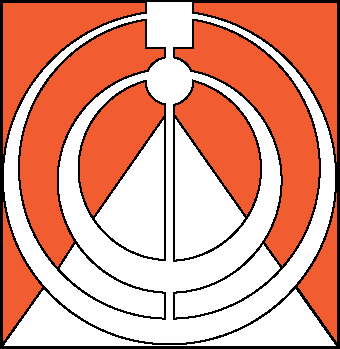A Roadmap for Teachers, a Revolution in the Classroom
Monday, August 8, 2016
Back in the 1960s, I had an amazing seventh grade science teacher. He was so good that parts of my college biology class felt like reruns of what I learned in junior high.
In looking back, however, it's clear I wasn't learning a lot about the process of discovery, which is the bone and blood of real science. Sure, we had labs, but seriously, was anyone really surprised when yeast multiplied faster in a sugar solution?
A few decades later, it wasn't much different for Jen Martin. “When I was in middle school, science was vocabulary and memorizing how something works,†she said. “There was nothing that challenged us to think on our own.â€
Fast forward to 2016, and again, not much has changed. “As a teacher, you are used to having certain content standards you can check off,†said Martin, who teaches science at L'Anse Junior High. Students learn the right answers (or at least get them right on the test) and advance to the next class. Check!
Then along comes the Next Generation Science Standards (NGSS), developed to make American high school graduates more competitive with their science-savvy peers in countries like Finland and Singapore. Suddenly, instead of covering the material, teachers are expected to guide students though the marvelous, messy processes at the root of true science and engineering.
“This is kind of new,†Martin says by way of understatement. “And it's hard to look at the NGSS website and think, ‘OK, I got this.' You don't get a lot of instruction on how to interweave these concepts.â€
Enter the Michigan Science Teaching and Assessment Reform Project (Mi-STAR), which is throwing a lifesaver to teachers drowning in this sea of new expectations.
“What makes Mi-STAR so valuable is that it brings together so many teachers from across the state to talk through how NGSS can be implemented,†Martin says. “And we're not just working with other teachers. We're also working with experts in curriculum development and Michigan Tech faculty, who know so much more about content. Combine that with our knowledge of what you can accomplish with a class of 30 sixth, seventh or eighth graders in 50 minutes, and you come up with a really great product.â€
Martin, who piloted a Mi-STAR unit last year, calls the budding new curriculum “revolutionary.â€
“It is going to change science education,†she predicted. “A lot of these students are used to looking for one correct answer, instead of asking ‘How come this happens?' or ‘What if I do this?' That's what scientists and engineers do, and that's what they get with Mi-STAR.
“I think that when students experience real science, they will love it.â€
All Mi-STAR units start with a challenge—a complex problem for students to address. The teacher invites the students to offer up their thoughts and explanations. Then gradually, throughout the unit, the students learn concepts that broaden their understanding of the challenge. They develop hypotheses and figure out how to test them. They draw ch
arts and models, revise their thinking and collaborate with their peers. Ultimately, they propose solutions and defend them.
“Mi-STAR has them working with each other, communicating their ideas and backing them up with evidence,†said Martin.
Those are lessons that travel well, in and out of the classroom. “Now, when my students don't understand what one of them is saying, they are more prone to ask questions, instead of saying, ‘You're stupid.' That's huge.â€
GET Mi-STAR NEWS BY E-MAIL!
Copyright © 2025 Mi-STAR
Mi-STAR was founded in 2015 through generous support provided by the Herbert H. and Grace A. Dow Foundation. Mi-STAR has also received substantial support from the National Science Foundation, the MiSTEM Advisory Council through the Michigan Department of Education, and Michigan Technological University.


















